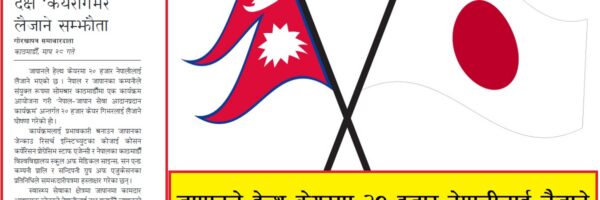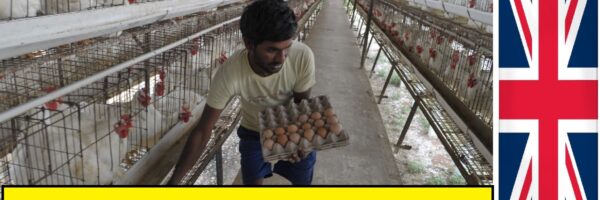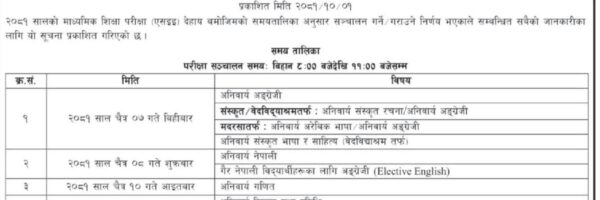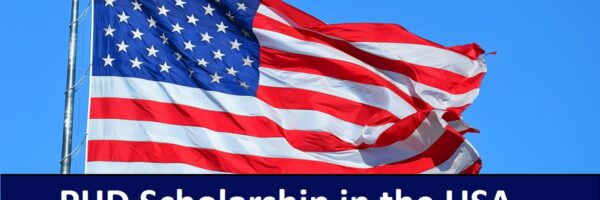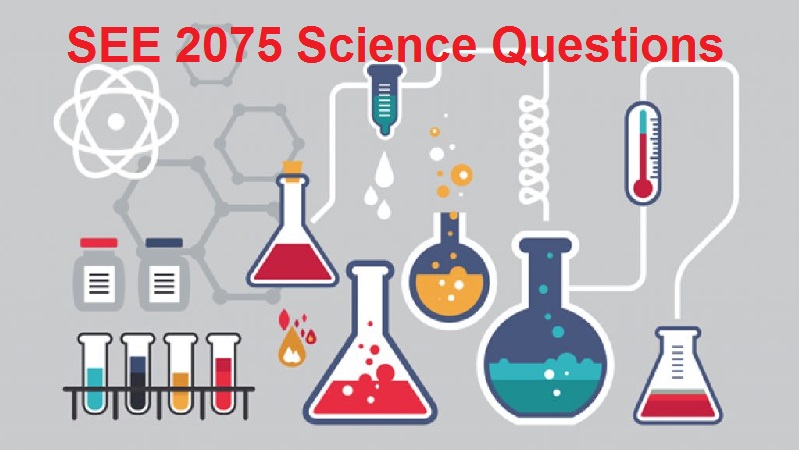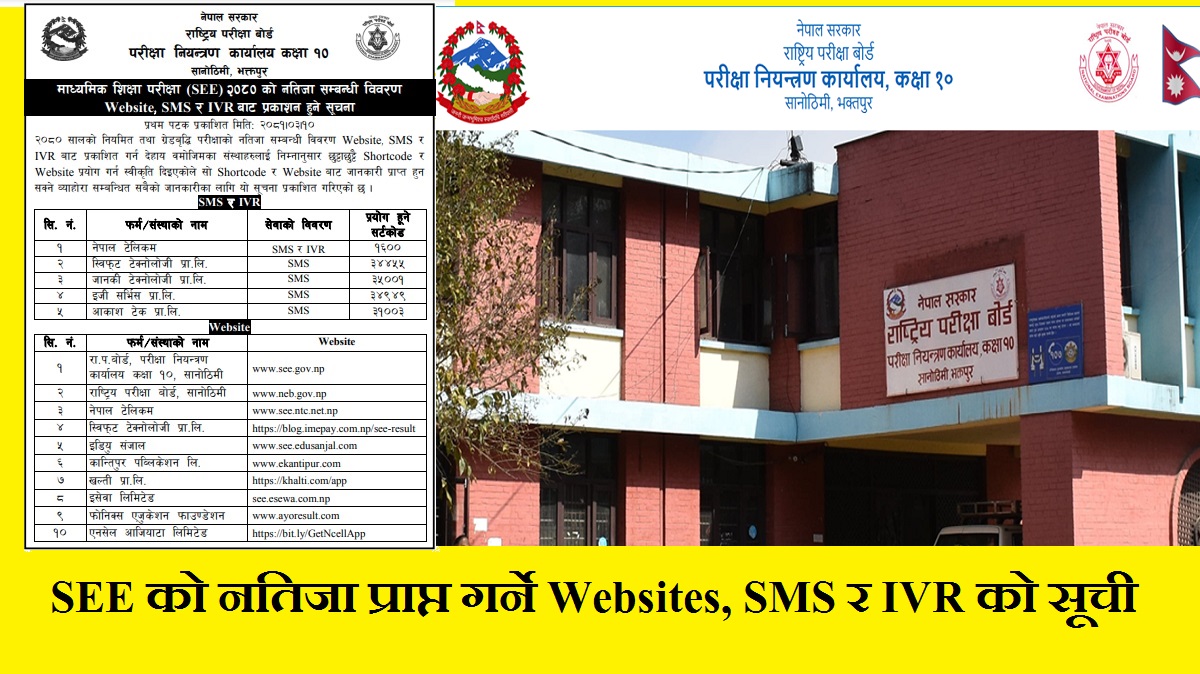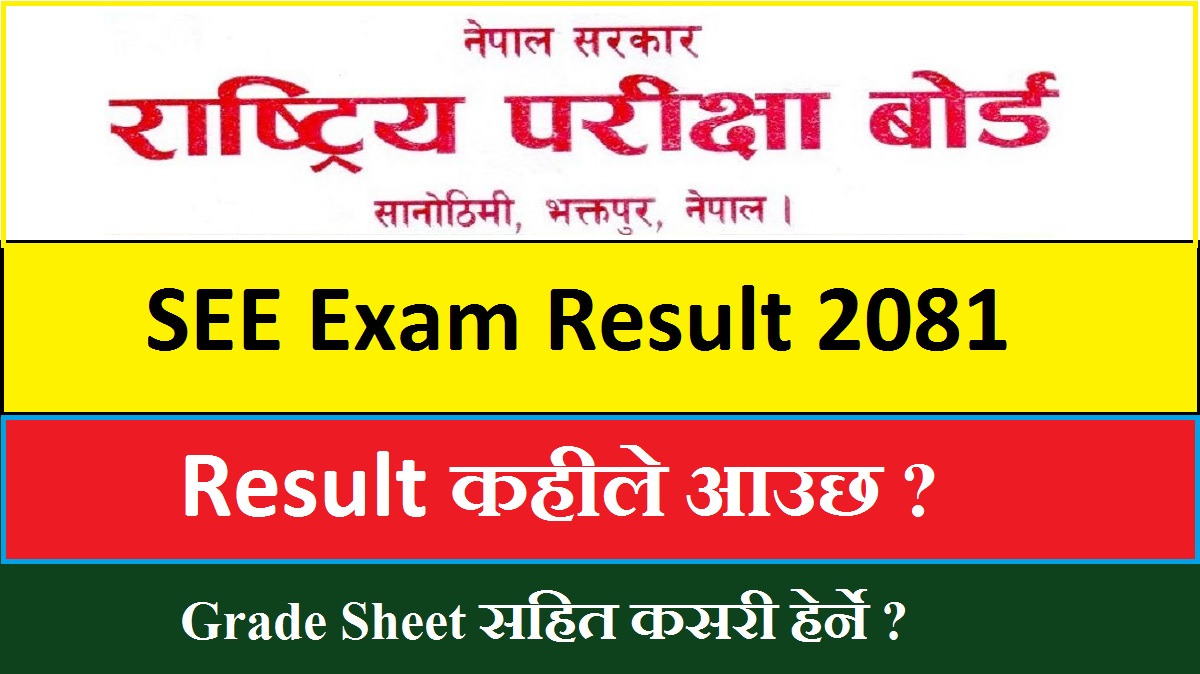SEE 2075 Science Questions are here. So the secondary education exam students find this SEE 2075 Science Questions very useful.
Class: 10 Full Marks: 75
Subject: Science Time: 2 hour 15 min
Candidates are required to give their answer in their own words as far as practicable. The figures in the margin indicate full marks.
Attempt all the questions. SEE 2075 Science Questions
Table of Contents
Group: A
Give very short answer: (5×1=5)
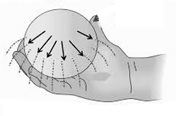
- Write the conclusion of feather and coin experiment.
- State the law explained by the activity shown.
- What is the focal length of a lens with power +50D?
- Define specific heat capacity.
- Write one point of difference between step-up and step-down transformer.
2. Write two causes and two ways to minimize energy crisis. (2)
3. Write two points of difference between clinical and laboratory thermometer. (2)

4. Complete the ray diagram and write two nature of the image. (2)
How to Solve SEE questions perfectly
It is always challenge for the students to give perfect answer. So just follow the given points to tackle the SEE 2075 Science Questions.
5. Which elements are used to make nichrome wire? Why is it used as heating element? (2)
6. What is galaxy? Write its type on the basis of shapes. (2)
7. Masses of the earth and moon are 6 ×kg and 7.4×kg. Distance between their centers is 3.8×m. Find the distance of point P from the center of the earth where an object does not experience net force. (3)
8. What is near point of an eye? Write any two points of difference between short sightedness and far sightedness. (3)
9. Study the given diagram and answer the questions that follow: (4×1=4)
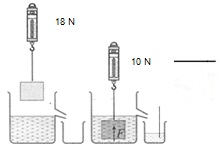
- Which Principle is verified by this activity? State the principle.
- Write one application of this principle.
- Calculate the up-thrust exerted by water on the stone.
- Calculate the volume of water displaced by the stone.
SEE English Questions
Similarly here are the SEE English questions. These questions are prepared by the concerned subject teachers.
Group: B
10. a. What are isotopes? (1)
b. Define displacement reaction. (1)
c. What is dry ice? What is its use? (1)
d. What are industrial gases? (1)
e. Define polymerization. (1)
11. Write down the balanced chemical equation of the chemical reaction between silver nitrate and calcium chloride. (2)
12. Write down any one use of the following substances: (1×2=2)
a. Acetic acid b. Ammonium hydroxide
13. Write down the structural formula and one use of glycerol. (2)
14. Write down any two points of difference between soap and detergent.
15. Is the use of chlorofluorocarbon carbon good in refrigerator? Why?
16. Study the table given below and answer the following questions:
| Elements | Electronic configuration |
| P | 1s2, 2s2, 2p6, 3s1 |
| Q | 1s2, 2s2, 2p6, 3s2, 3p4 |
| R | 1s2, 2s2, 2p6, 3s2, 3p6, 4s1 |
| S | 1s2, 2s2, 2p6, 3s2, 3p6 |
- What is the valency of element Q? Why? (1)
- Which element is more reactive between the elements P and R? Why? (0.5+1)
- Write down the molecular formula of compound formed by the elements Q and R. (0.5)
17. Why is Bakelite called as thermosetting plastic? Write down any two differences between thermoplastics and thermosetting plastics. (1+2)

18. Study the given figure and answer the following question.
a. Which gas is collected in the gas jar? Write down balanced chemical equation to show the preparation. (0.5+1.5)
b. What happens when thus prepared gas is collected in water? (1)
c. Write down any two physical properties of this gas? (1)
Group: C
Very short answer SEE 2075 Science Questions (1×5)
- In which stage of silkworm, silk is produced?
- What is synapsis?
- What are the causes of uric acid (mention any two only)?
- Write an advantage of sexual reproduction.
- In which era dinosaurs were dominant in the earth?
20. How is queen bee important in its colony? (2)
21. Draw a figure of brain and label any two parts in it. (2)
22. Which type of reproduction occurs in bacteria and planaria? (2)
23. Write two points of difference between layering and grafting. (2)
24. Environmental pollution disturbs the ecosystem. Explain. (2)
25. Why ventricles are thicker than auricles? The blood pressure of a person is 10/100 mm Hg, what does it mean? (1.5+1.5)
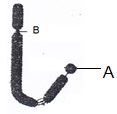
26. How is sex determined?
What is shown in the figure? Label A and B.(1.5+0.5+1)
27. What is mutation? State and explain Mendel’s law of purity of gamete with the help of an example. (1+1.5+1.5)
